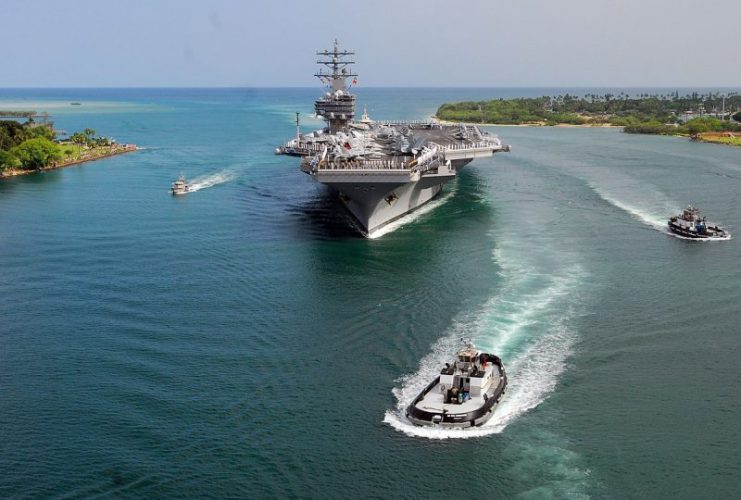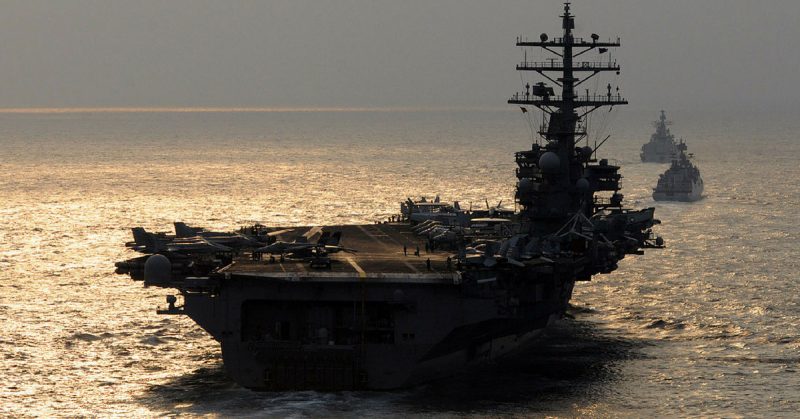The Navy airbases at sea are a significant instrument in maintaining security of naval forces and also providing mobile support of operations inland. They are armed with adequate flight decks and facilities for arming, deploying, carrying and recovering aircraft. They have evolved into the core ships of the fleet, as they provide airbases from which the Navy can launch aircraft operations across the world.
Nuclear powered carriers came about to solve a wide-range of issues, but most of all, the ability to stay deployed longer. Compared to a conventional aircraft carrier, a nuclear-powered aircraft carrier offers longer periods of operations before refueling, has a longer service life and provides extra space since there’s no need for a fuel supply space on the ship.
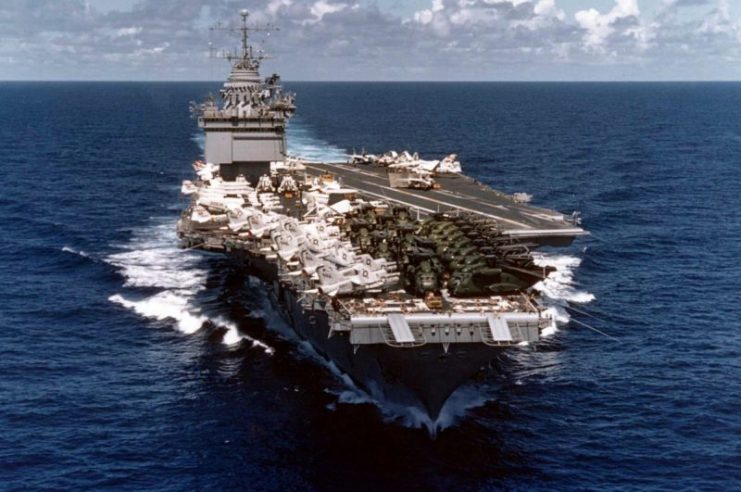
In the 1940s, under the leadership of U.S Navy Captain Hyman G Rickover, the design, development and implementation of nuclear propulsion plants began at the Naval Reactor Facility, in the U.S. The success of the project paved the way for the revolutionizing of military warships, ushering in the era of nuclear submarines and nuclear aircraft carriers.
The first nuclear aircraft carrier was the USS Enterprise (CVN-65), popularly known as Big E. Alongside being the first nuclear aircraft carrier, Big E is also known to be the world’s longest naval vessel ever built, with a length of 342 meters. It was large enough to contain a crew of about 4600 service members and solid enough to hold up to 90 aircraft.
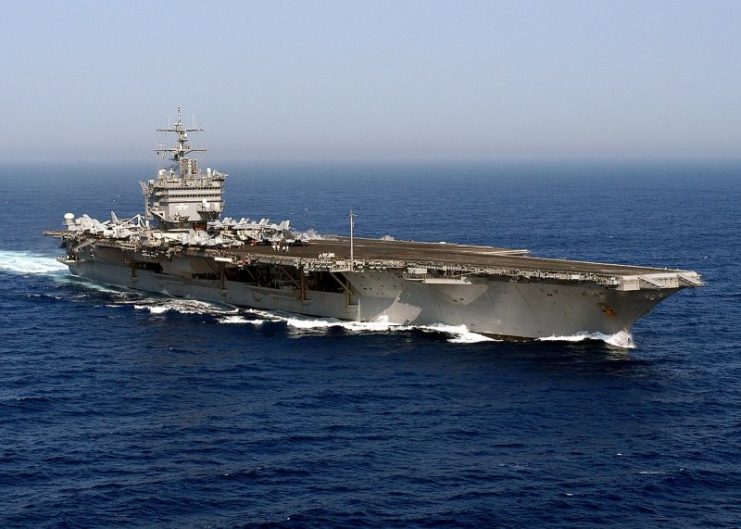
Initially, it was intended that five more carriers would come after the Enterprise, but having cost about 451.3 million dollars, the extremely high cost of production forced the cancellation of the remaining vessels.
It was launched on 24th September 1960 and commissioned in late November 1962. After which it served for 51 consecutive years, longer than every other U.S aircraft carrier.
Following the eventual decommissioning of Big E in 2012, the Nimitz class of nuclear-powered aircraft carriers have made up the base of the U.S. Carrier force.
The Nimitz has been in service since 3rd May 1975 and has since then served in several missions such as Operation Eagle’s Claw, the Gulf War, Operation Southern Watch, etc.
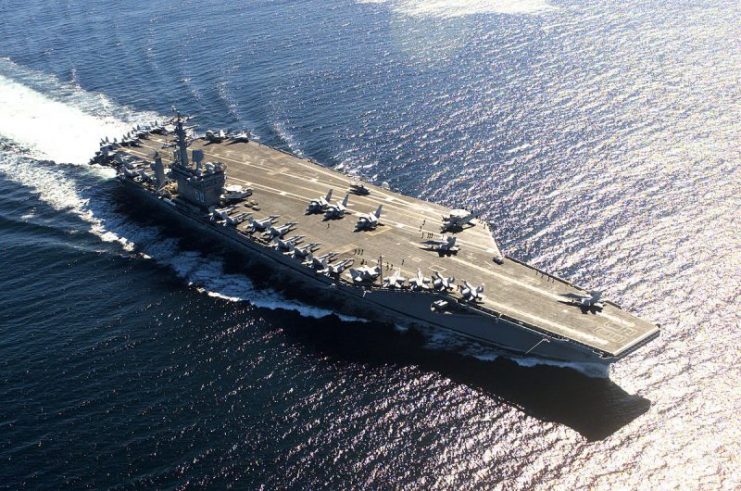
The Nimitz class is made up of 10 nuclear-powered aircraft carriers, all serving with the U.S Navy, with an average length of 333 meters, and 100,000 tons full-load displacement.
The Nimitz can steam at a speed higher than 56 km/h, and cruise for 90 days without resupply. Costing about 8.3 billion dollars, they were the largest warships in service with the U.S Navy.
The ships were designed during the Vietnam war, and some of its features were designed to suit the circumstances from the war. It is said to be able to withstand 3 times the damage sustained by the Essex class during World War II.
They had larger space for storing aviation fuel and larger magazines when compared to previous carriers.
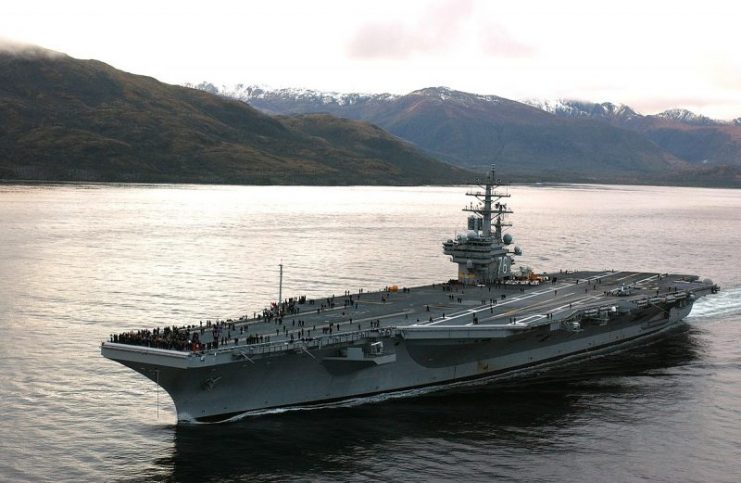
A major objective of the ships was to provide support for the United States Navy during the Cold War, they came with capabilities for better endurance when deployed in Blue Water. They were also improved with anti-submarine capabilities.
But with their astounding features, they had some constraints such as limited electrical generation capabilities, and the erosion of the center of gravity margin needed to maintain the stability of the ship. In a bid to tackle these constraints, the U.S Navy launched the CVN-21 program which would evolve into the CVN-78, Gerald Ford.
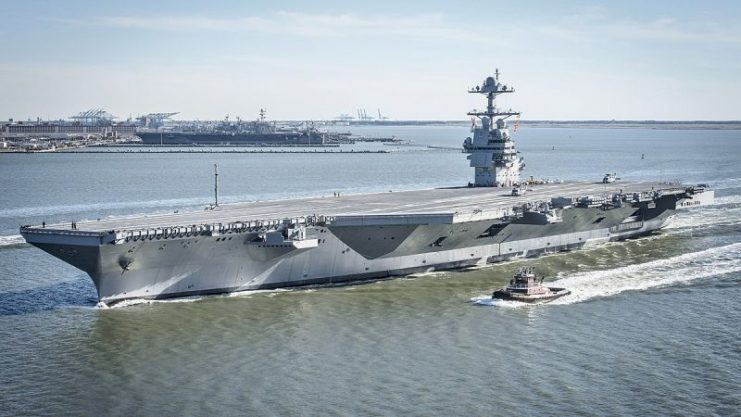
The Gerald R. Ford class carrier has a hull similar to the Nimitz but has added technologies such as the Electromagnetic Aircraft Launch System, a replacement to the steam-powered launch system, advanced Arresting Gear was also implemented with other developments which aim at reducing the cost of operation while maintaining optimal efficiency. It was laid out in late 2009, completed in October 2013, and commissioned in July 2017.
The Gerald R. Ford with a length of 337 meters, is capable of holding up to 75 aircraft, and about 2600 crew members.
On the side of the French Navy, the Charles De Gaulle, also the flagship of the Marine Nationale, is the first and only nuclear-powered aircraft carrier owned by France.
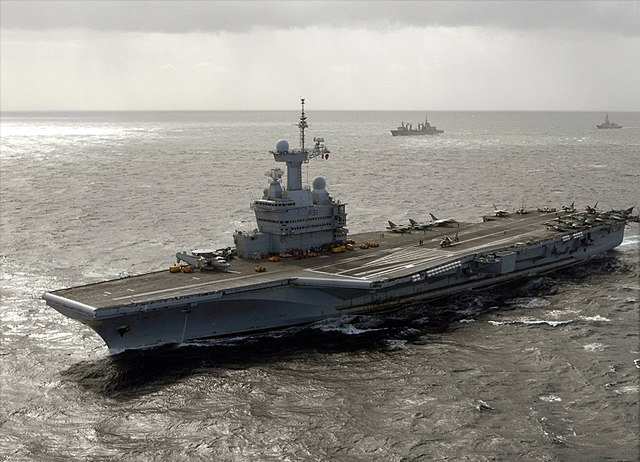
The hull of Charles De Gaulle was first laid down in April 1989 at the Brest navy shipyard. It was launched in May 1994 and was then the largest ship launched in Western Europe. After suffering from lack of funds, the project would slowly come to completion and be commissioned on 18th May 2001.
The Charles De Gaulle carrier has featured in a few major operations including Operation Enduring Freedom, in Afghanistan, the India-Pakistani Crisis, Operation Agapanthus 2010, among others.
There are about 41 conventional aircraft carriers used by 13 Navies around the world. But so far, only the Navies of France and the U.S have built a nuclear-powered carriers.
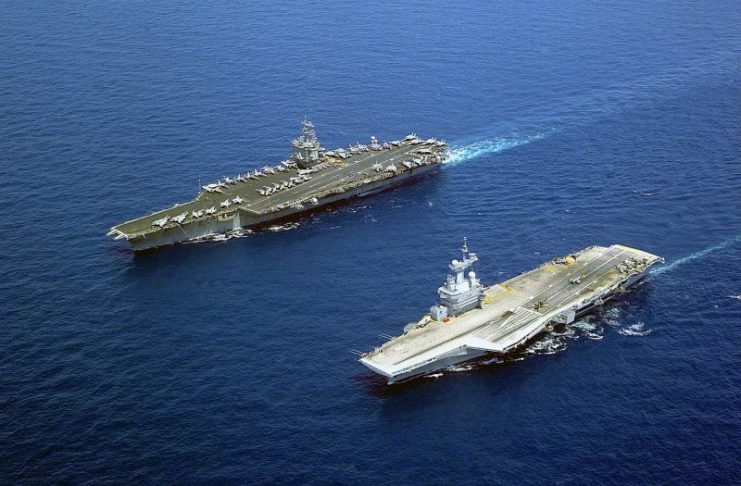
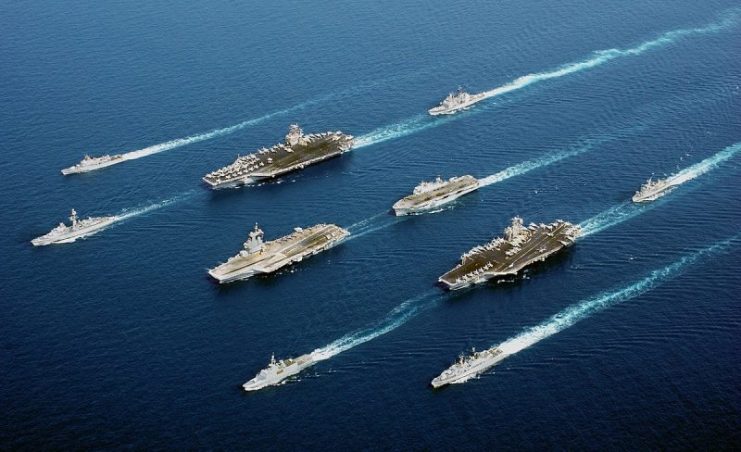
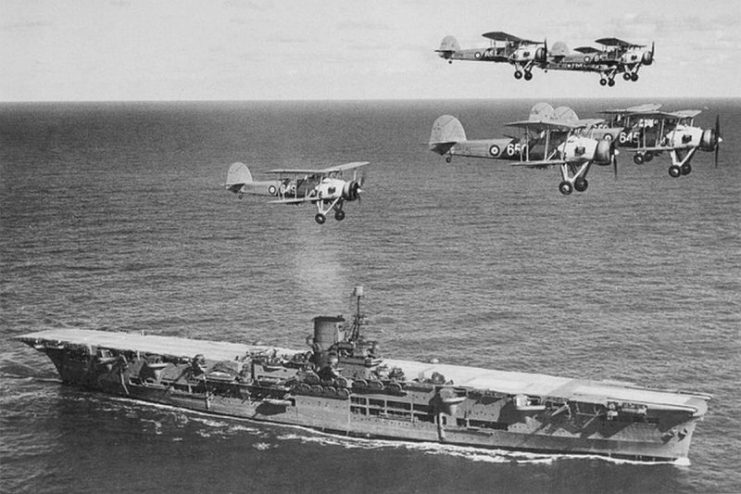
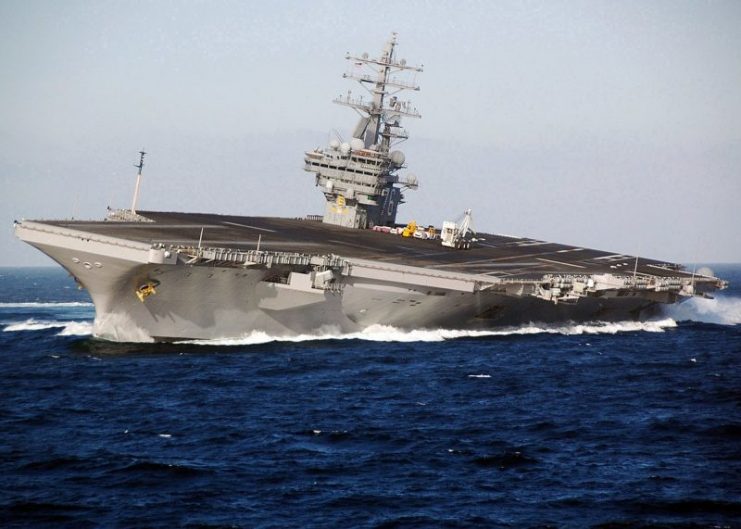
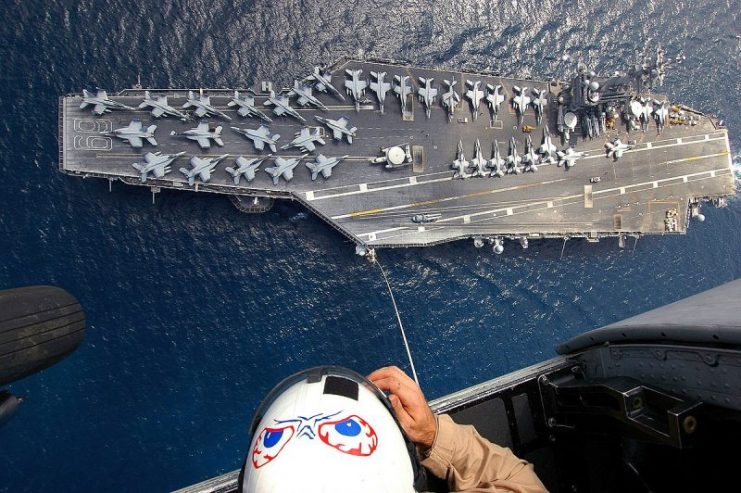
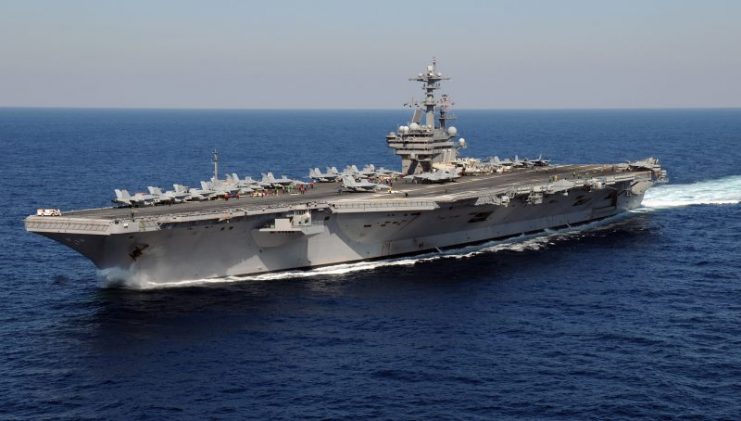
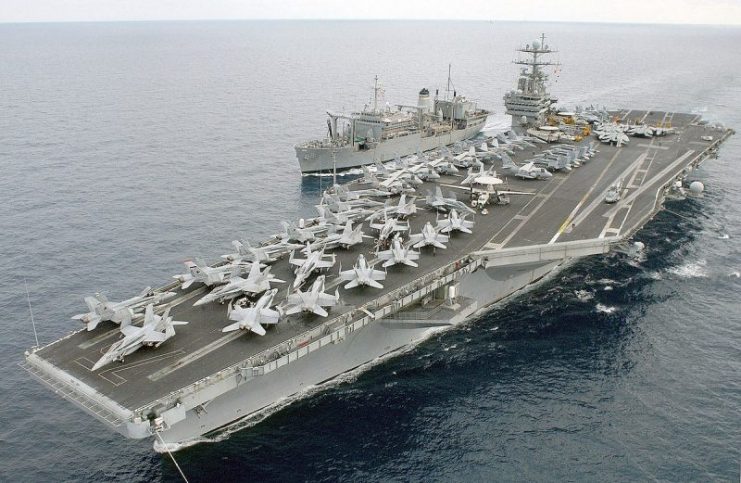
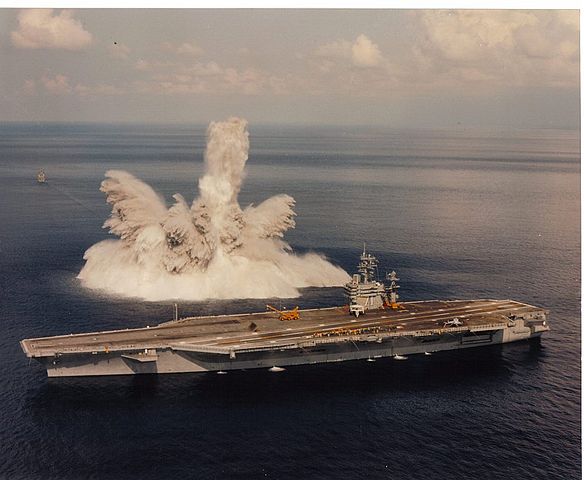
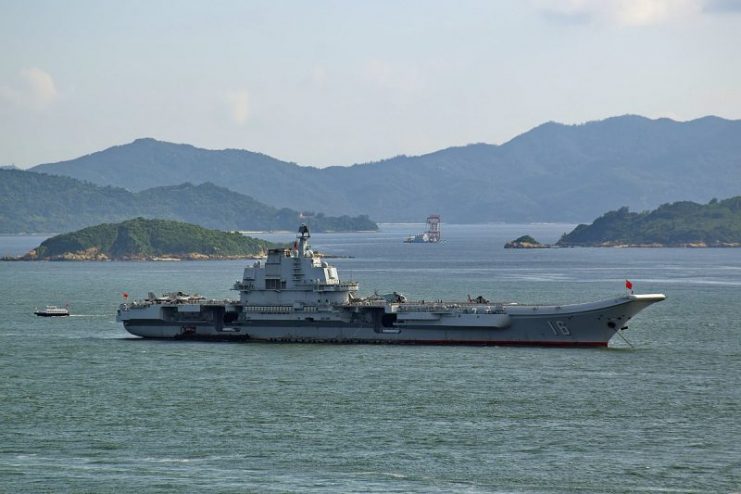
By Baycrest – CC BY-SA 2.5
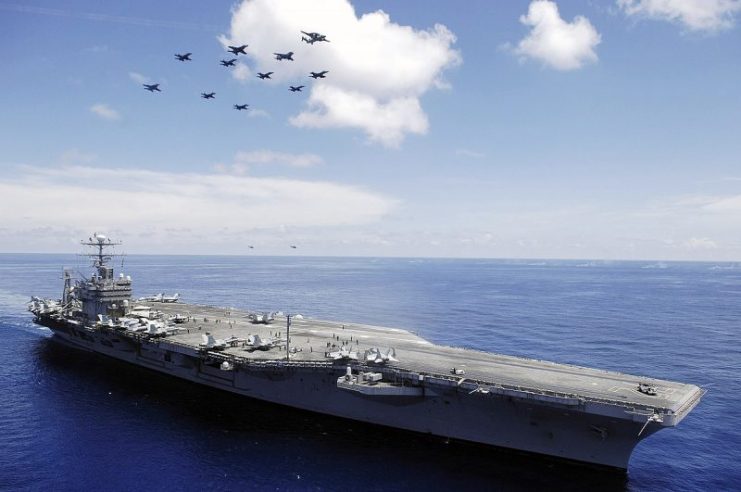
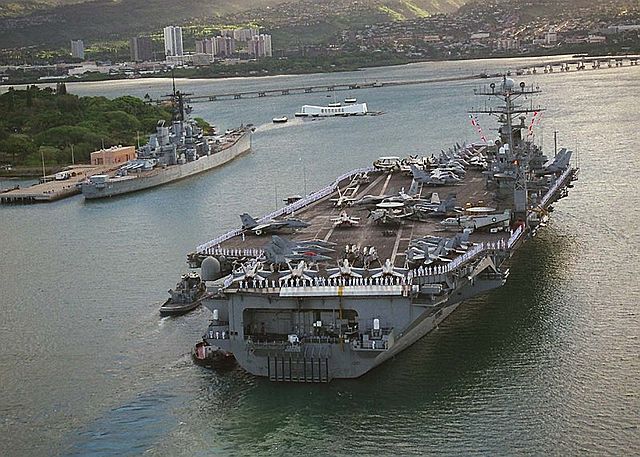
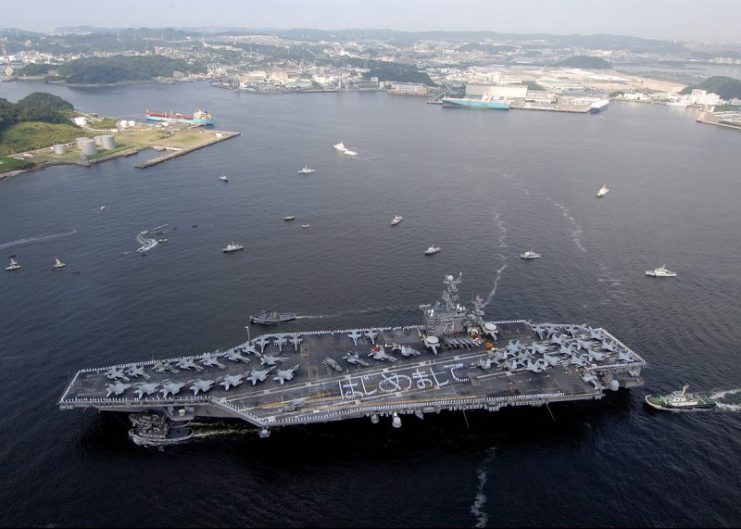
Read another story from us: The British WWII Plan for an Aircraft Carrier Made of Ice
